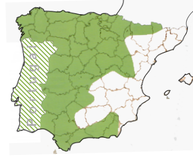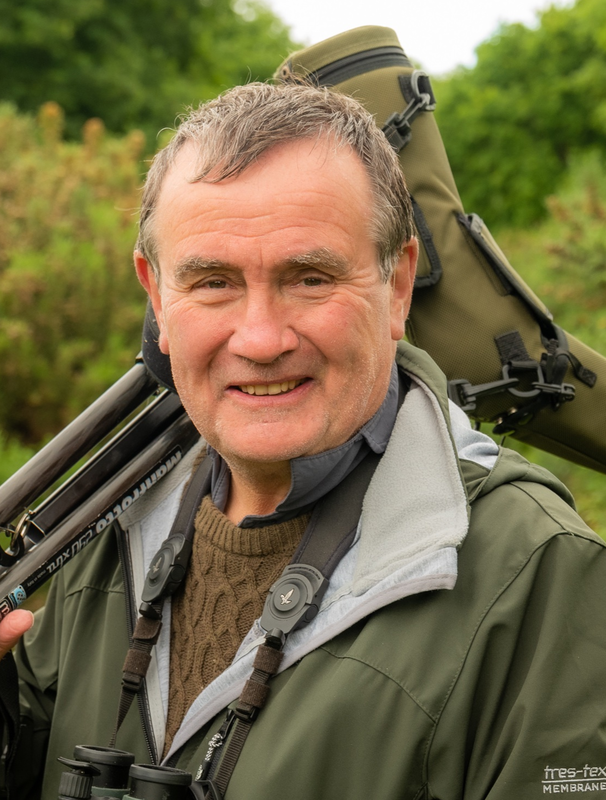 Iberian Chiffchaff in the Alcornocales
Iberian Chiffchaff in the Alcornocales  Rear-Admiral Lynes on an African ornithological expedition in the 1930s
Rear-Admiral Lynes on an African ornithological expedition in the 1930s  Preliminary distribution as per Spanish Atlas 1998-2002
Preliminary distribution as per Spanish Atlas 1998-2002  Based on the Sanish Atlas, Garcia et al & other sources .... but not necessarily 100% accurate!
Based on the Sanish Atlas, Garcia et al & other sources .... but not necessarily 100% accurate! 
 RSS Feed
RSS Feed
